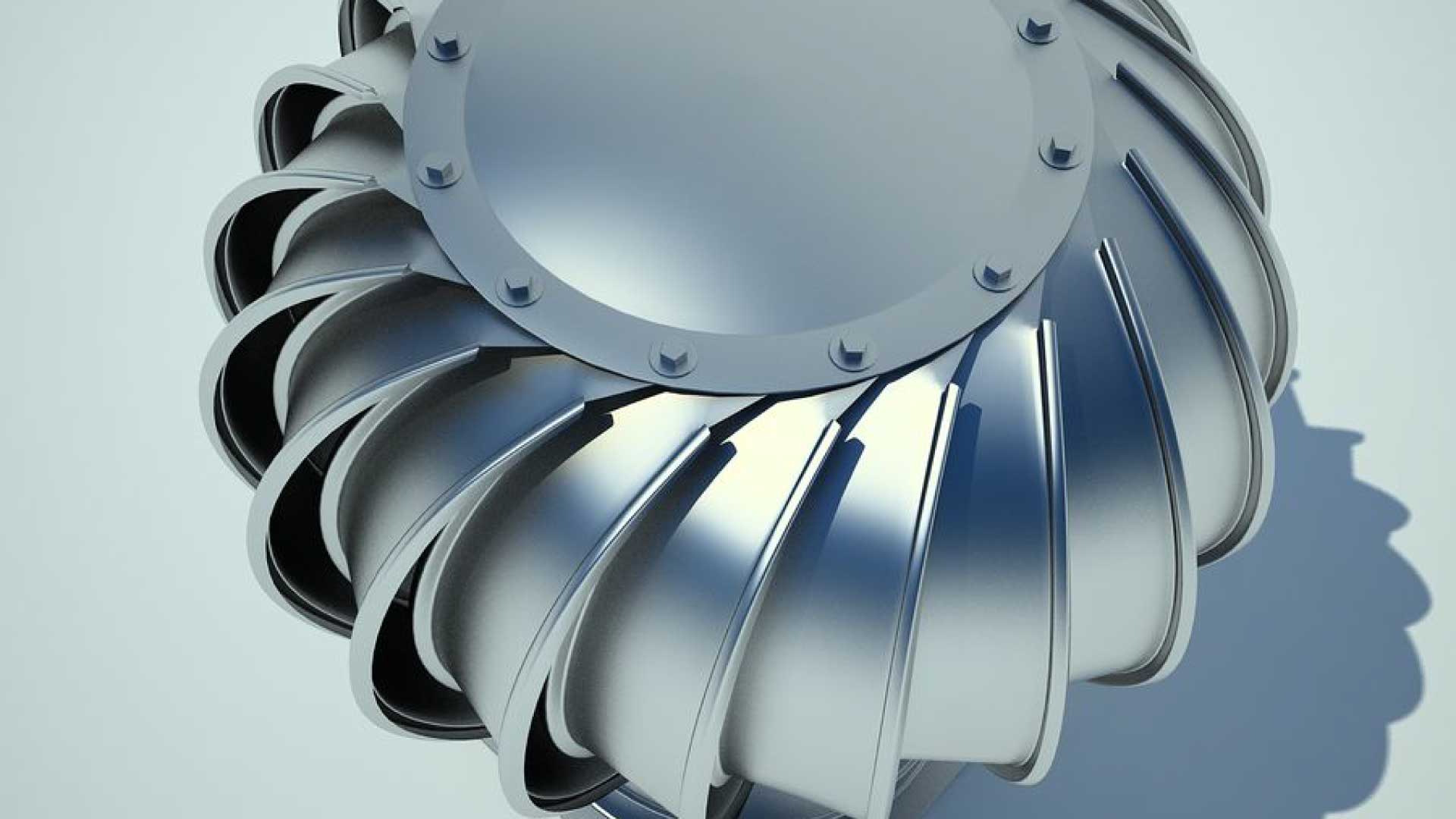How Many Roof Vents Do I Need?
Rain Heads Custom Made Shipped Free Australia Wide – Click Here >
Dambuster Rain Heads Shipped Free Australia Wide – Click Here >
Commercial Industrial Roof Vents 300mm-950mm – Click Here >
Eco-Friendly Roofing Insulation Shipped Free – Click Here >
Gutter Sumps Shipped Free Australia Wide – Click Here >
Roof Ventilation
It’s fair to say there are few roof improvements that require more careful consideration than vents. On the one hand, roof vents can be some of the more expensive and time-intensive improvements for your roofing setup, and aren’t to be invested in lightly. On the other hand, roofing vents are nevertheless necessary for everything from your home’s safety to its aesthetic appeal.
Even if you accept that roofing ventilation is important, however, the fact remains that calculating how much roof ventilation you need, how many roof vents you require, what the total cost of making those upgrades are, and the best way to achieve all of this can be a complex calculation indeed.
However, complex doesn’t mean impossible, and the benefits and possibilities opened up by proper roofing ventilation are considerable, so let’s break down the basics of what to consider and how to calculate roofing ventilation for homes in Australia.
An Overview of Roof Vents
Let’s start at the very beginning – what are roof vents, and why are they so important?
For those not in the know, roof vents can take many forms, but their basic function is always the same. They are necessary for helping to keep homes cool and ventilated.
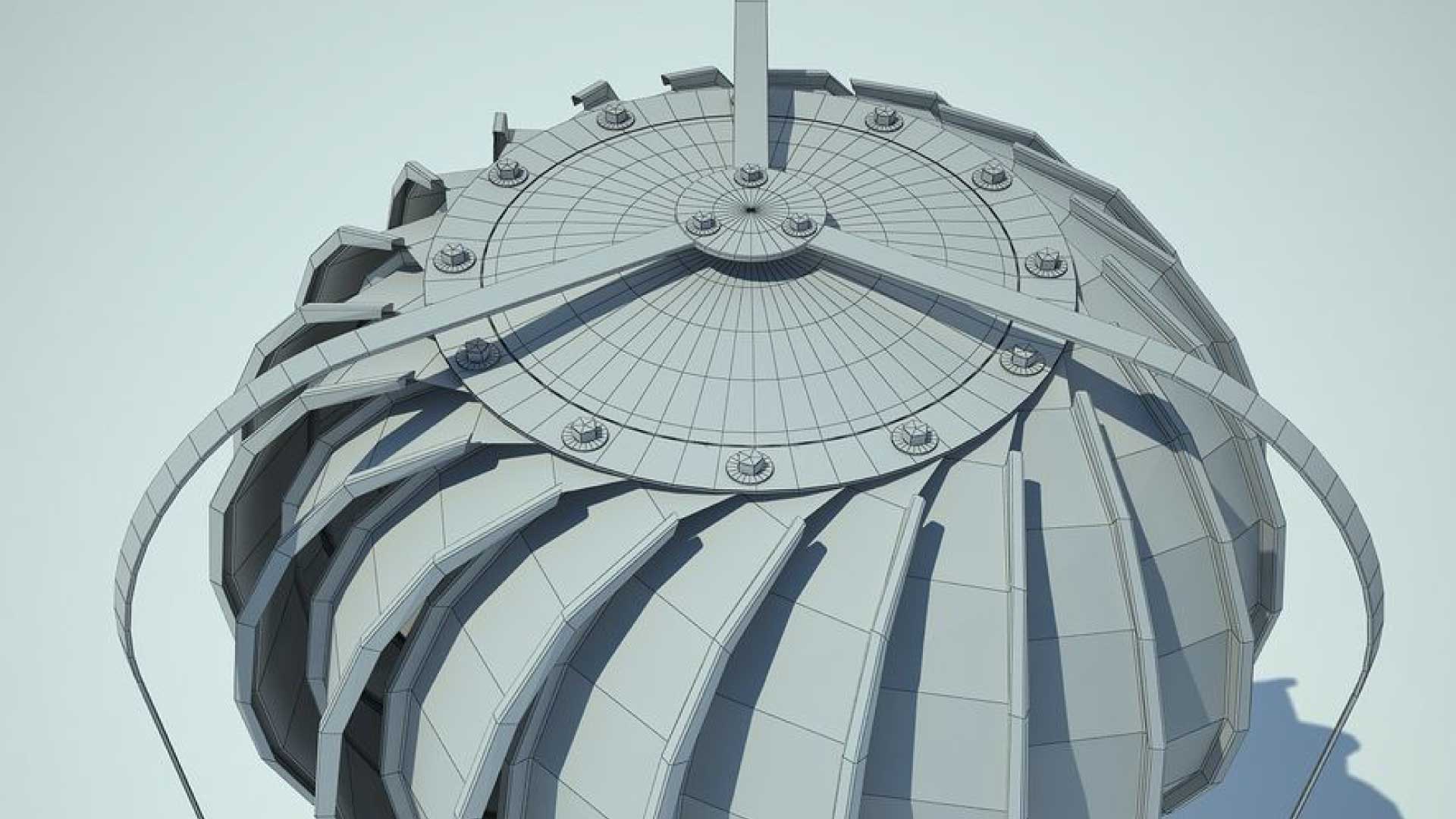
Benefits of Whirlybird Roof Vents
Roof vents can provide wide benefits to your home, including:
- Lowering Energy Costs and Raising Property Value: Ventilating your roof can help keep your home cooler without leaning as much on expensive HVAC systems. Moreover, investing in ventilation systems such as whirlybirds can add to the overall value of your property, allowing you to ask more for your home should you ever choose to sell it. The combination of raising your property’s overall value with slashing energy costs can help make your home that much more cost-effective, and is one of the primary motivations for investing in roof ventilation systems.
- Extending the Life of Your Roof: An often-overlooked positive of investing in vents for your roof is the fact that they can extend the life span of your roof. For example, if you live in an area that gets a lot of snow, your roof may suffer as a result. A buildup of snow on your roof’s shingles or in your roof’s gutters can cause severe long-term damage. Vents not only help keep your home cool in the summertime, but they also allow warm air to escape during the wintertime. This can help melt snow around these sensitive areas, preventing them from freezing over. Well-ventilated roofs still get snow, but are typically free of icicles, a clear sign that they are emitting warm air and protecting the roof’s overall integrity. This in turn can save you a great deal of money in not having to pay for roofing repairs stemming from the damage icicles do, thereby making vents an even smarter long-term investment financially.
- Keeping Your Home Cool: In addition, it can be good for the air quality in the portions of your attic and home affected by ventilation. You don’t want the air in your home to grow stale and stagnant, and ventilation can help with that. In addition to keeping the air in your home fresh and well-circulated, vents can also help cool your home considerably. The best vents can sometimes lower the temperature in the rooms they affect by as much as 10 degrees Fahrenheit.
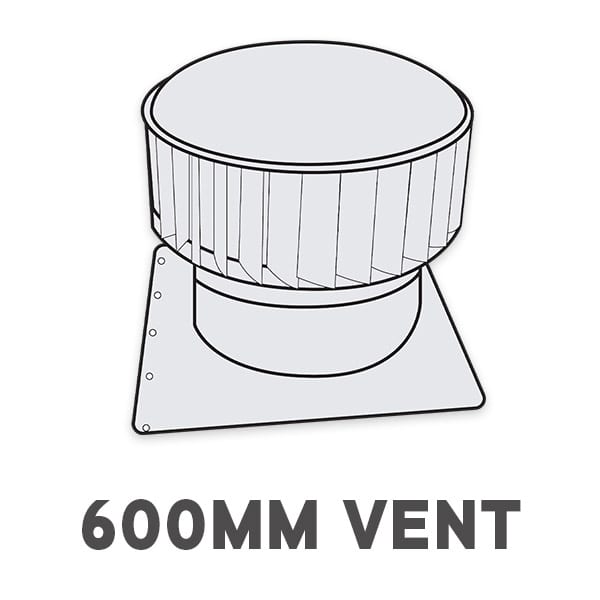
Supply & Installation Price
Sydney Metro Only
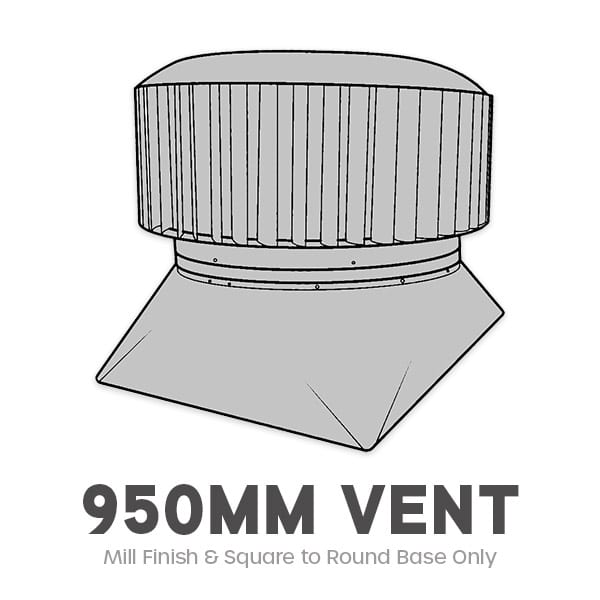
Supply & Installation Price
Sydney Metro Only
1 Roof Vent
Supply & Installation Price
$520/1
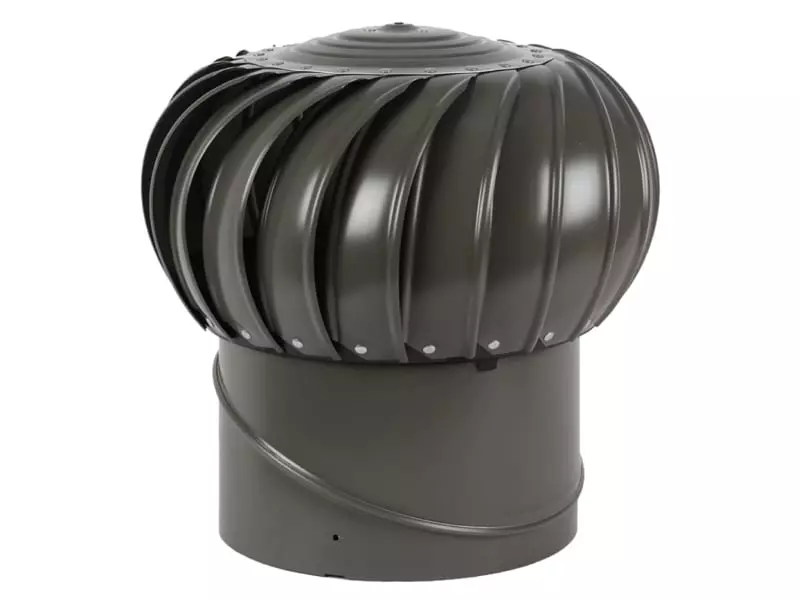
1 Ampelite 300 Spinaway
Colorbond or Mill Finish Supply & Installation Price
Download PDF
2 Roof Vent
Supply & Installation Price
$860/2
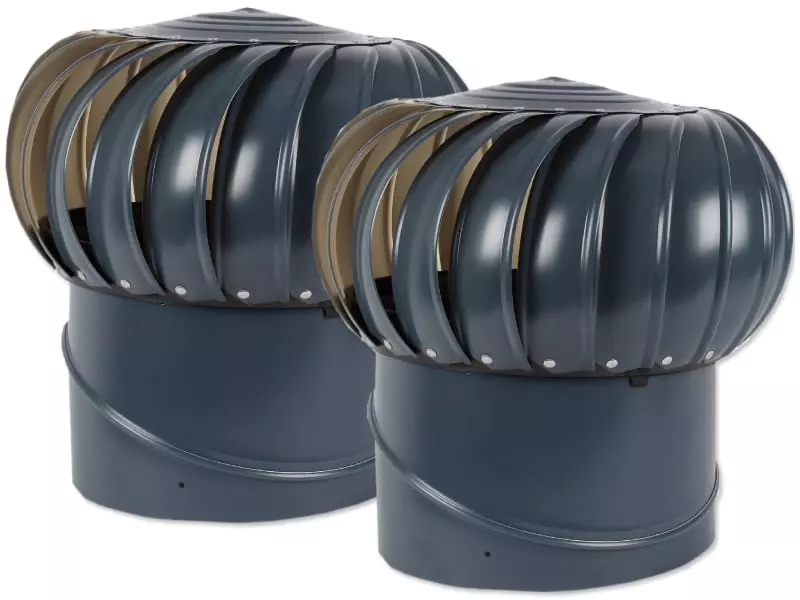
2 Ampelite 300 Spinaway
Colorbond or Mill Finish Supply & Installation Price
Download PDF
3 Roof Vent
Supply & Installation Price
$1,090/3

3 Ampelite 300 Spinaway
Colorbond or Mill Finish Supply & Installation Price
Download PDF
4 Roof Vent
Supply & Installation Price
$1,300/4

4 Ampelite 300 Spinaway
Colorbond or Mill Finish Supply & Installation Price
Download PDF
Types of Roof Vents
Each of these options has a great deal of complexity. Keep in mind that, whatever type of roofing vent you want to get, you’ll want to evaluate them against these expectations to make sure you’re getting your money’s worth.
There are several different kinds of roof vents, each of which have their own strengths and weaknesses when it comes to providing these and other benefits.
Some of the most popular vent types include:
- Gable Vents: As the name would imply, these vents attach to gables. They come in all manners of shapes and sizes, and can be a great aesthetic option.
- Ridge Vents: These vents run along the ridge of your home’s roof and tend to be longer and more narrow than other ventilation options. They are made from moulded copolymers and can be installed beneath shingles, allowing it to seamlessly fit into your roofing and exterior décor.
- Wind-Driven Rotary Vents: Chances are you have seen these vents quite frequently, even if you aren’t familiar with the name. Also known as whirlybird vents, these are the dome-shaped vents that spin like turbines on the top of a roof.
- Soffit Vents: These vents attach to the underside of a roof’s siding. If you are looking for vents that are less obtrusive or visible, they can be a good choice.
Understanding the basics of these vents can help calculate the size and amount of vents needed that much easier. Before we get into those calculations, however, let’s talk a little bit more about the science of how these vents work in the first place.
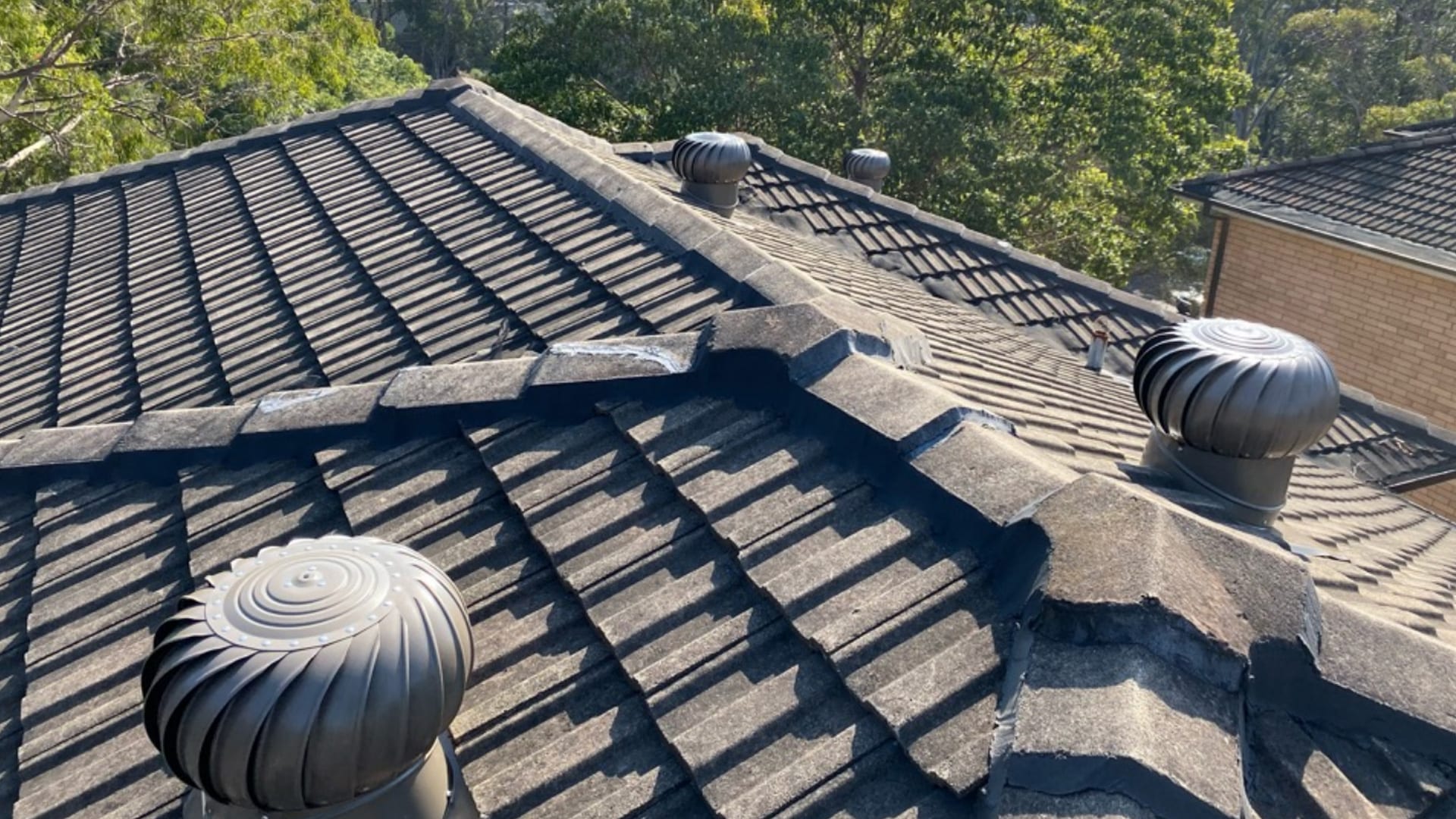
The Science of Roof Vents
Ventilation is the process of increasing and abetting air flow. In the case of roofs, ventilation can be achieved in one of two ways. On the one hand, vents can be built into a roof in such a way as to allow air to naturally flow into and out of the roof and attic to which it is attached. On the other hand, vents can feature motors that power vents and keep ventilation going in all conditions.
While we typically talk about ventilation in terms of cooling homes down, it also involves the release of hot air as “exhaust.” Cool air entering the vents is called “intake.” Wind also plays a big role in the ventilation process. When wind blows against the exterior of a roof in such a way as to increase the amount of intake or exhaust, the phenomenon is referred to as “the wind effect.”
All of these factors can have a dramatic impact on how much you pay for ventilation. Natural vents may cost less upfront than motor-powered vents. That said, motor-powered can work in all conditions, whereas you may need to purchase additional heating or cooling devices for the times of the year when the wind effect or other natural factors make natural vents less effective.
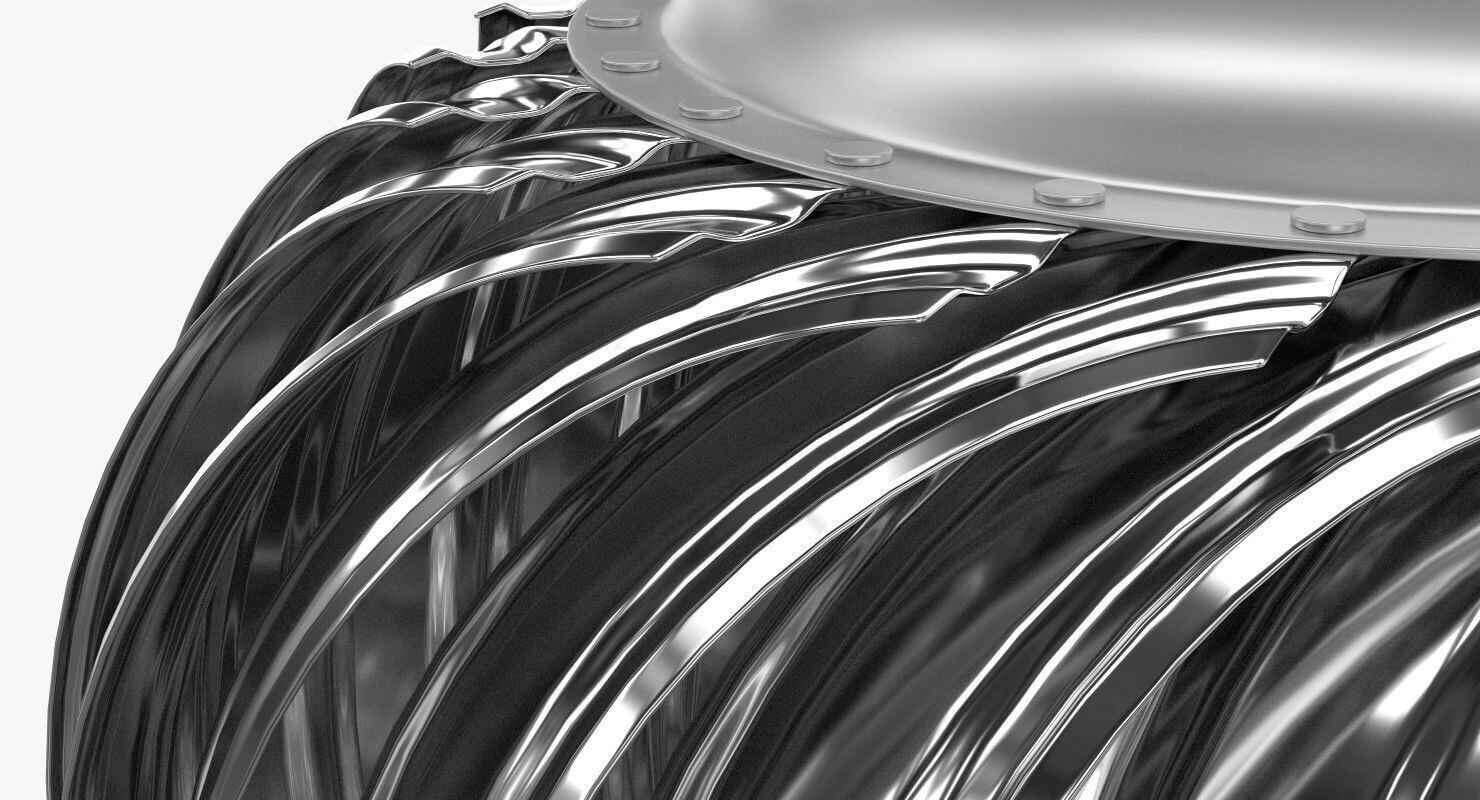
How Whirlybirds Work
With the broader science of how roofing vents work established, let’s take a closer look at how wind-driven rotary vents in particular work, and why they can be so beneficial for your roof.
There are two basic kinds of whirlybirds. Active whirlybirds are those that are powered by motors and spin continuously, operating regardless of weather conditions or wind speed, which can be advantageous for seasons when the latter is calm. Passive whirlybirds, meanwhile, require wind to spin. Whether they are passive or active, whirlybirds work, as their name implies, by whirling around and creating a vacuum that brings warm air into the roof cavity, thereby initiating the exchange between exhaust and intake.
As a result, many homeowners in Australia use a combination of whirlybirds with another type of vent. For example, they can make use of soffit vents to naturally ventilate the underside of the roof if the whirlybirds are active, whereas passive whirlybirds can be paired with active motor-powered options.
The cost of both units, as well as the total surface area being covered, needs to be taken into consideration when calculating the total cost of installing ventilation systems, as described below.
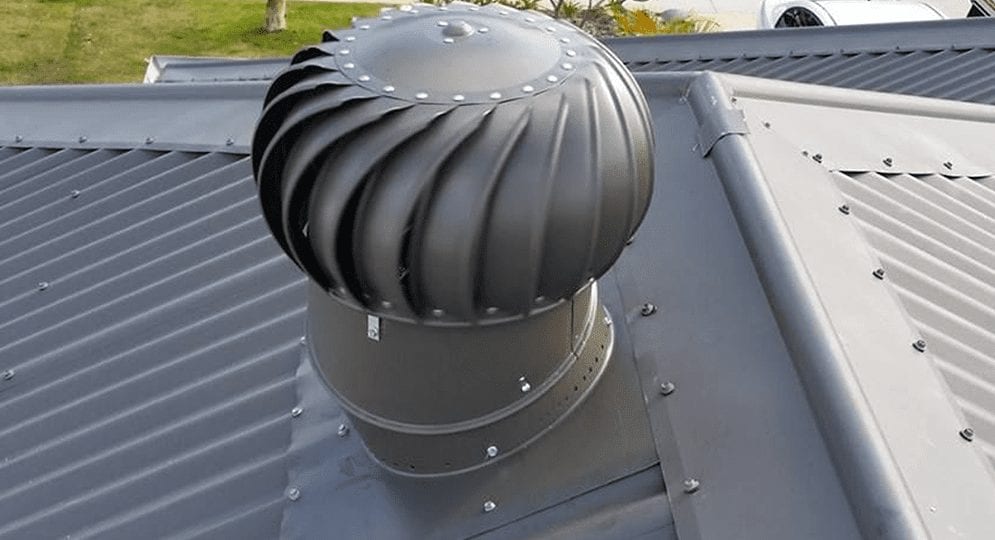

Calculating the Cost of Installing Roof Vents
Before you start calculating how much the vents in question will cost, you have to know how many vents you need in the first place, and to do that, you need to know the surface area of your roof. Generally speaking, you should have 1 square foot of vents for every 150 square area of roofing and attic space. You should further divide this between the two kinds of vents mentioned above, passive and active ventilation systems. The ratio of one to the other is up to you, and will depend in part on how much you are able to rely on the wind and weather to power a passive wind-driven rotary vent as opposed to a motor-driven one.
This is also true whether you are looking to install a whirlybird, soffit, or other type of vent.
Let’s take a more concrete example.
Say you are calculating for a 30’ x 50’roof. In this case, the total surface area is 1,500 square feet. You’ll then want to divide that by 150 square feet, which gives us 10 total square feet of vent space required.
However, this is just the beginning. You now need to calculate the total area of each vent. This should be supplied by the manufacturer of the vent you are using, and may be referred to as the “net free area.”
For a square vent, such as a soffit vent, you’ll want to multiply the length times the width and then divide that by 144 to get the square footage. For a round vent, such as a whirlybird, you’ll want to multiple the radius of the round part of the vent (which is half the diameter), multiply the number by itself (that is, square the number), and then multiply that by π.
Once you have done that, you’ll know the total square footage you need to cover with vents for the type of ventilation system you’ll be using.
That’s still just half of the equation, however, because you now need to calculate how much the vents cost themselves. That will naturally depend on a variety of other factors, including the size and nature of the vents as well as the manufacturer from whom you purchase them.
Let’s take whirlybirds, for example. Supply and Installation can range anywhere from just over $500 to over $1,300 depending on the colour and nature of the whirlybirds and whether you buy them in a group or individually. In addition, if you choose to have your whirlybird professionally installed, you’ll need to factor in installation costs as well.
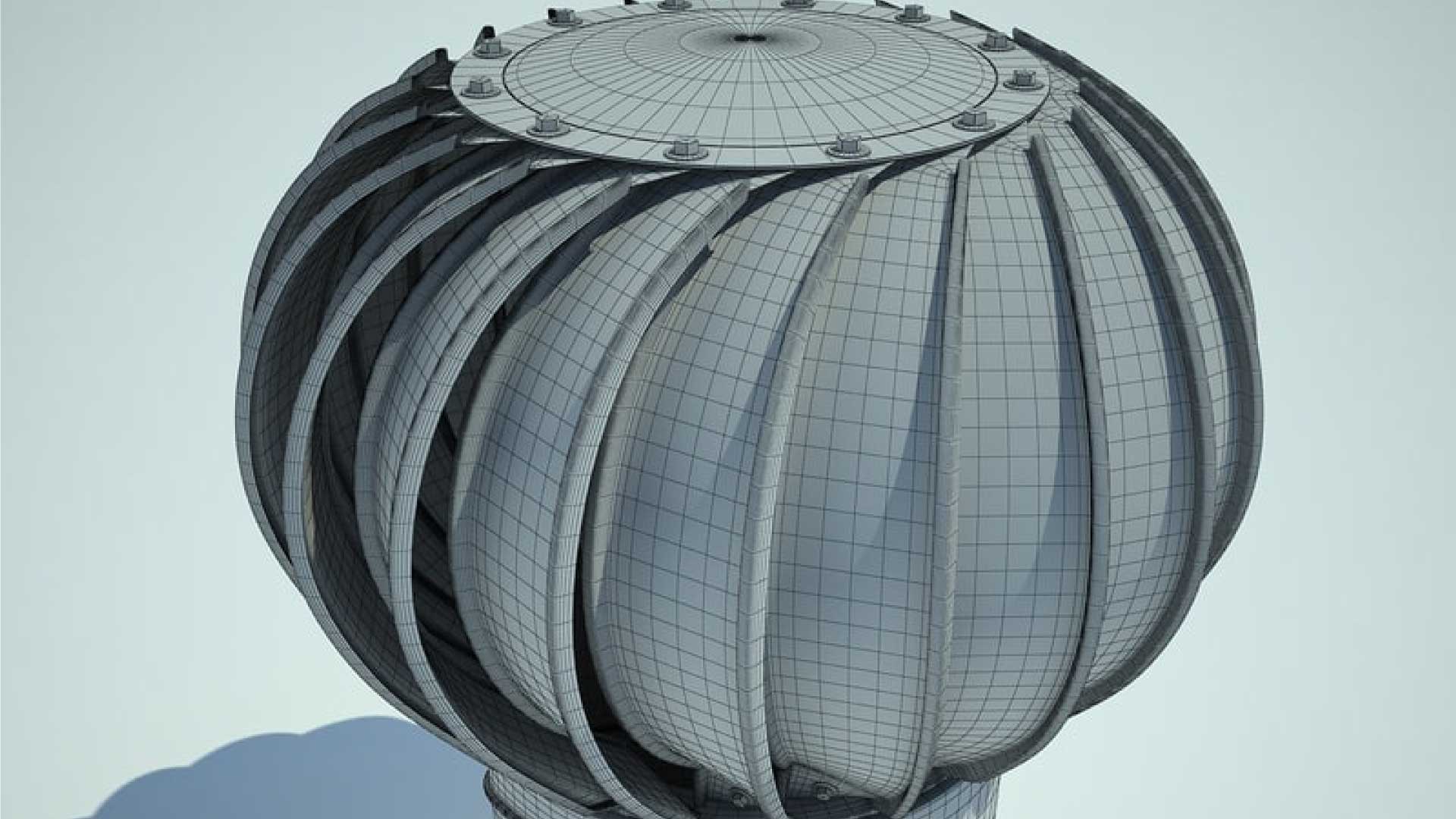
Additional Installation Costs
An installation company will make this determination based on a variety of factors.
For example, there’s the type of roof onto which you wish to have the ventilation system installed. Metal roofs tend to cost more than tiled roofs given the extra work that goes into installing a vent system into them. That said, different types of tiled roofs can cost different amounts as well, and need to be evaluated on a case by case basis.
Then there’s the question of your roof’s height. The higher your roof is, the more work needs to be done to get the vents up there and for installation to take place. For example, higher roofs require longer ladders as well as more and sometimes more advanced safety equipment, all of which can raise the cost of installation.
One of the most difficult factors to gauge when determining the cost of installing roof vents on your home is the difficulty itself. This is obviously a nebulous and somewhat subjective concept, but different concrete elements can factor into a contractor’s decision.
For example, if your roof has an especially steep slope, this will raise the difficulty and thus likely the price of installation as well. If your roof is built in such a way as to make accessing the parts that need ventilation difficult to access, this too can add to the installation cost.
Then there’s the question of distance. The further away a contractor has to travel, the more they are apt to charge, or else may charge you extra in terms of their hourly fee for commute time. As a result, if you can hire a qualified contractor who is nearby, you should nearly always pick them price-wise over an installation team that’s located further away.
In addition, you’ll need to factor in the size of the vents themselves. Unsurprisingly, the larger the vent, the more they tend to cost. Larger vents are also often meant and designed for commercial buildings.
Finally, there’s the pitch of your roof itself. If your roof has a pitch greater than 7:12, it will likely require more vents to properly ventilate its increased capacity.
All of these factors can fluctuate from company to company, so be sure to ask any installation team you are considering hiring what their prices are given the factors listed here.
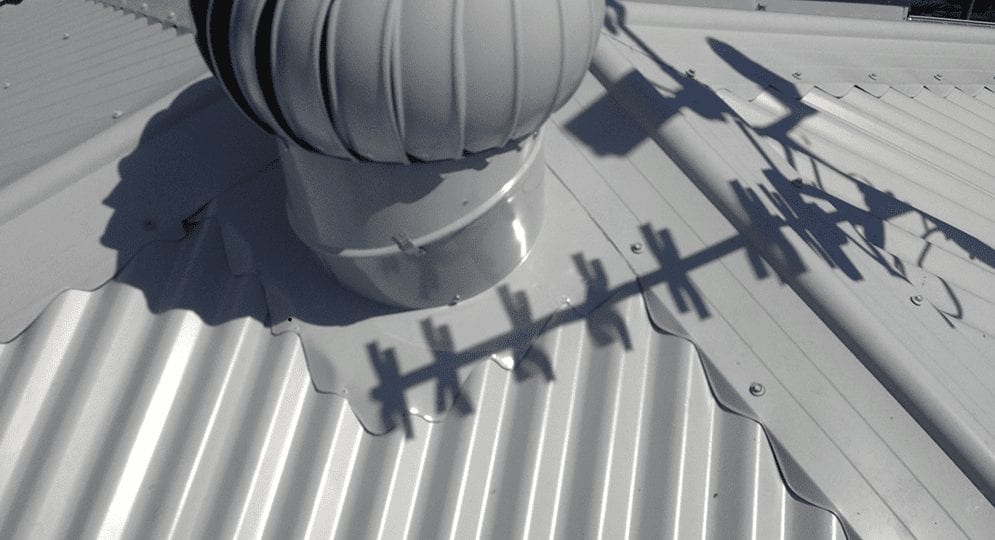
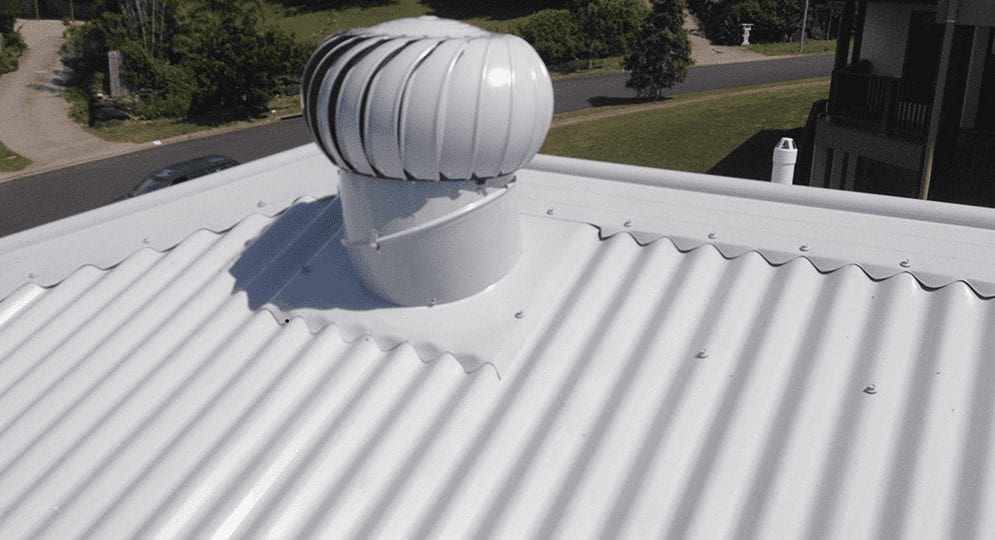
The Cost-Benefit Balance of Roof Vents
Even considering the significant up front costs associated with them, there are many reasons why the cost-benefit balance tends to favour having roof vents installed.
That’s due in part to the fact that ventilation can, as mentioned, increase the long-term life span of your roof. With a proper roofing ventilation system, roofs in Australia can last as much as 25 to 30 years. While it may cost a few hundred dollars to have vents installed, therefore, in the long run you are likely to save far more, as having a new roof installed can easily cost many thousands of dollars.
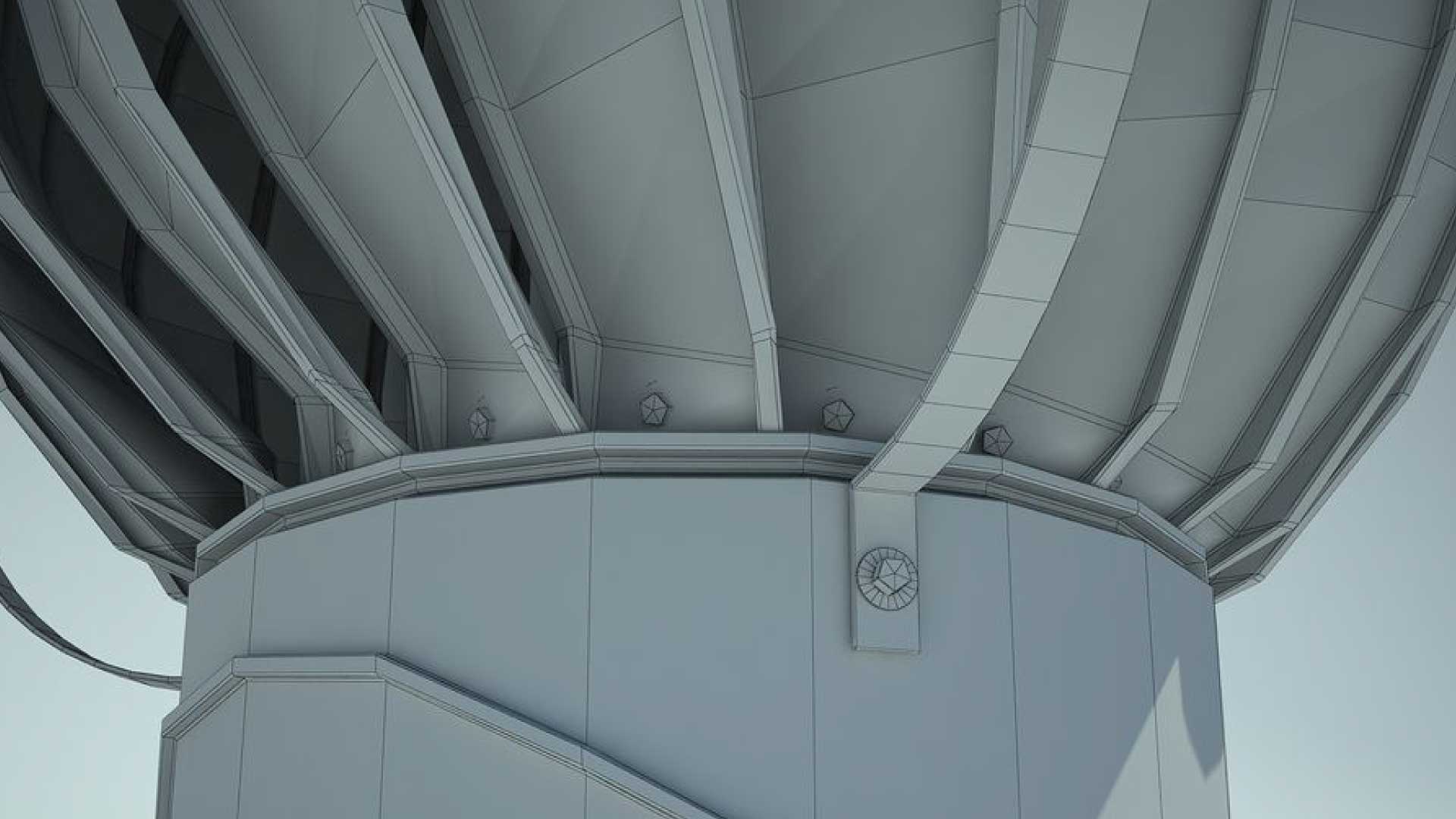
A Word on Aesthetics
While the main emphasis of a roof ventilation system is of course primarily focused on functionality, you should give a bit of thought as to the overall appearance of your roofing vents as well.
One of the biggest determinants here is the fact that you ideally want to make sure that the vents you are choosing are properly sized. We have already discussed the importance of this from a purely functional standpoint, but it is also important in terms of your roof’s overall form and appearance.
Getting a ventilation system such as several whirlybirds that are oversized in proportion to the total size of your roof can be a huge decorating mistake. You don’t want the first and most noticeable thing about your exterior décor to be a series of vast chef-hat-shaped metal whirlybirds sticking out like a sore thumb. While whirlybirds are far from unpleasing aesthetically, as with anything else, when they are oversized compared to their host roof they can look a bit ridiculous.
The same holds true for gable vents. These tend to be on the longer and larger side as it is, so picking gable vents that are too large for their host roof can be a significant exterior décor faux pas.
If you are looking to eschew visible roofing vents altogether, you may want to opt for soffit vents.
Smaller vents will typically cost less. On the other hand, larger vents can handle larger areas. Both of these factors, taken together with the surface area and their aesthetic appeal, should be considered when calculating the final cost of your roofing vents.
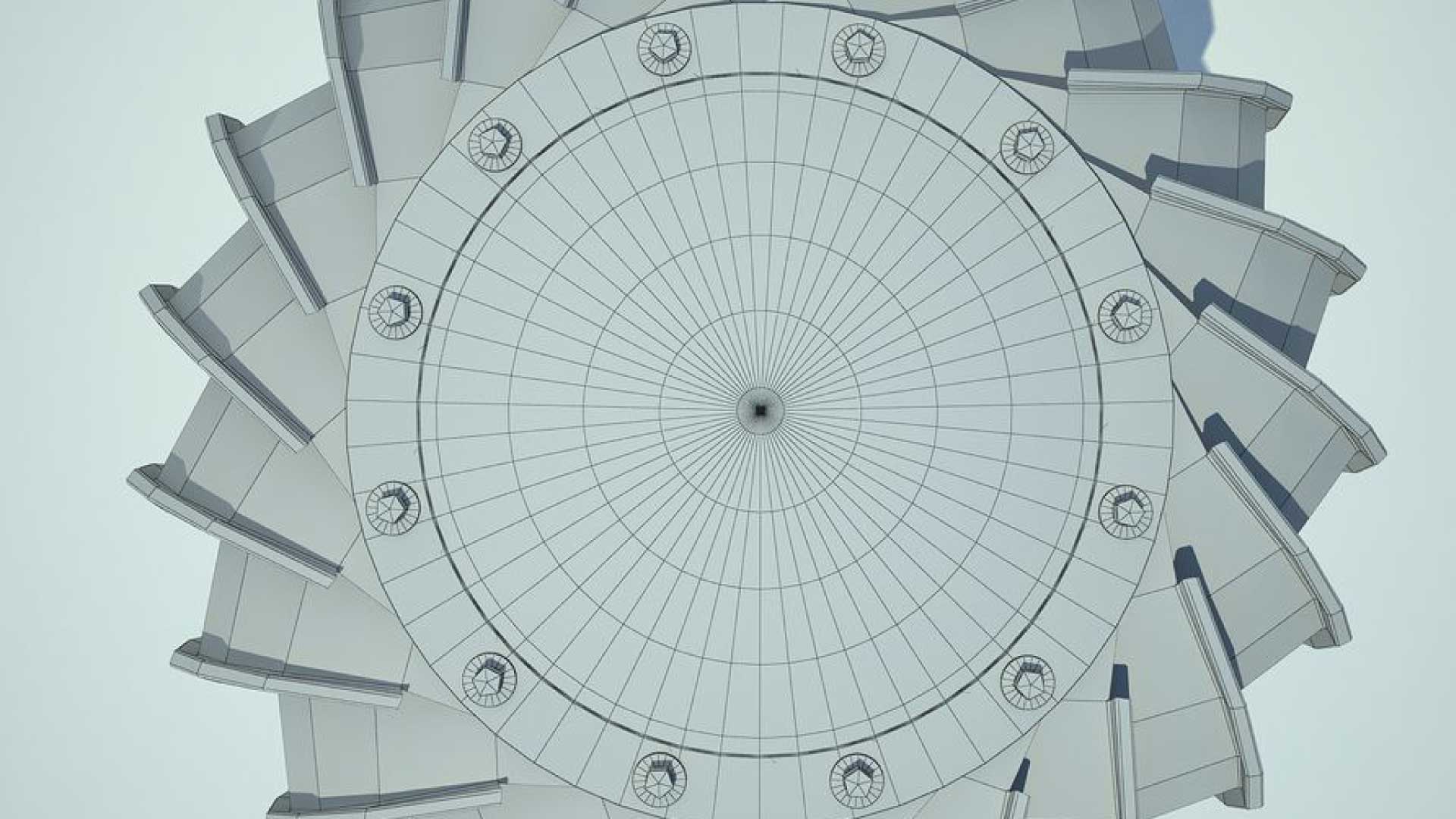
Final Thoughts
The calculations for determining the ultimate area that needs to be covered by roofing vents as well as which types of vents to choose and their size and nature are as complex as they are interconnected. Rather than separate factors, they are best thought of as different variables in a single, large formula.
Do your research, find the values for each variable in that grander calculation, and then go through to calculate how many vents your roof needs and their ultimate cost.
